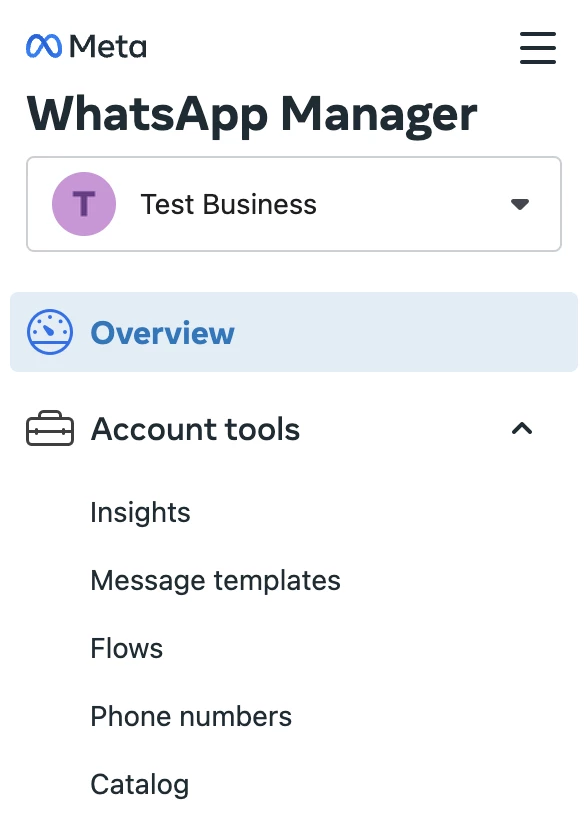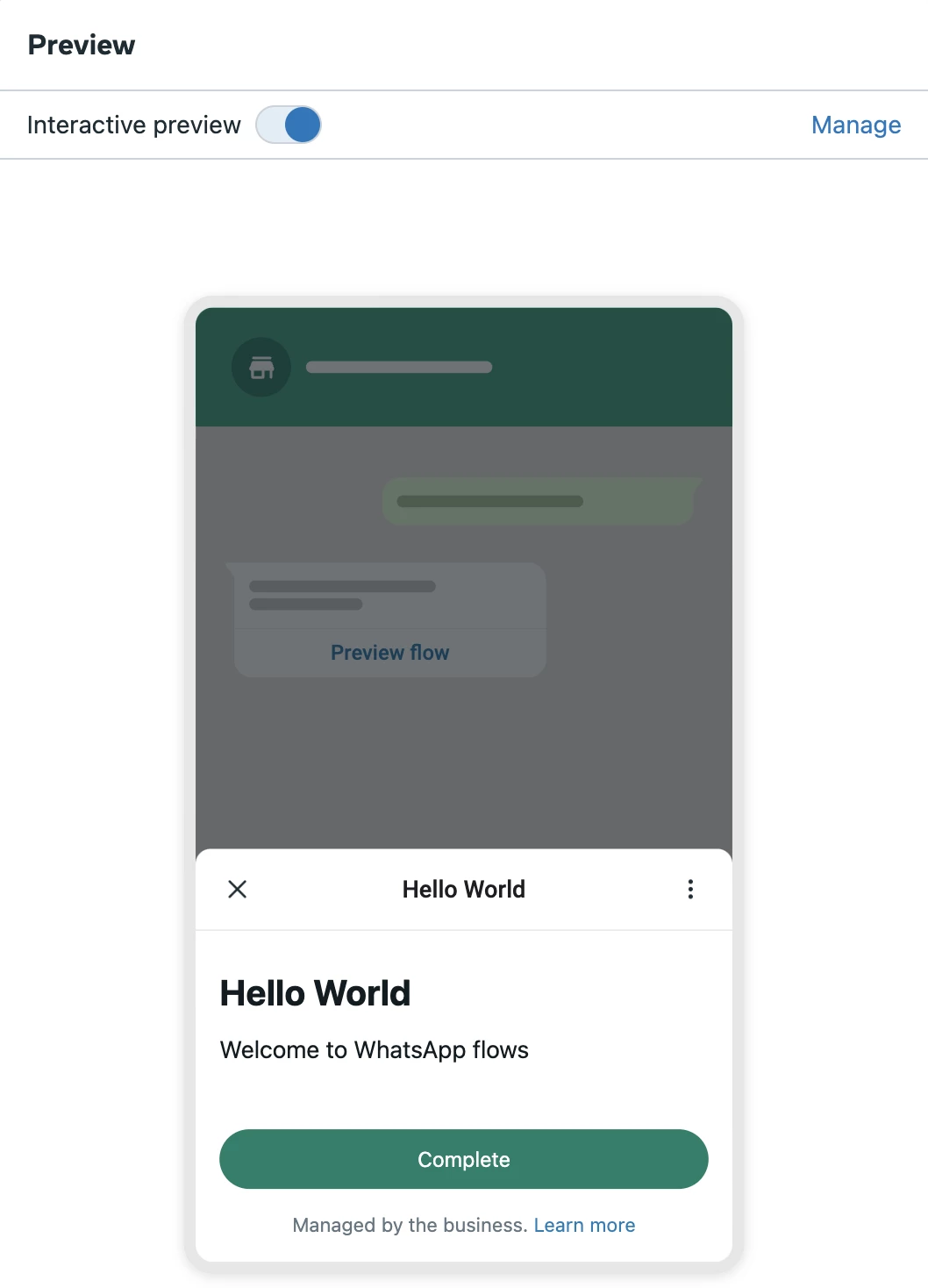In today’s fast-paced world, businesses are constantly seeking innovative ways to connect with their audience. WhatsApp Flow is a new tool that is changing how businesses interact with users by using automated journeys.
What is WhatsApp Flows?
WhatsApp Flows is a new thing in WhatsApp. Flows are like automatic journeys for users, where they get guided through specific paths using personal messages and prompts. These journeys make communication smooth, giving users a customized and interactive experience. When businesses automate these interactions, they can engage more and personalize experiences for many users at once. This not only saves time but also makes customer interactions more efficient.
Usecase and Potential Benefits
WhatsApp Flows offers businesses a versatile solution with varied use cases and compelling benefits. Whether it is customer onboarding, trip booking, appointments, or transactional updates, automatic flows make the process smoother, leaving a good first impression and reducing customer queries. Also, personalized product recommendations and feedback surveys can contribute to a better user experience, increasing engagement.
The benefits of WhatsApp Flows are evident in the personalized user experience. It enhances operational efficiency by reducing manual interventions and ensuring consistency in communication. Overall, businesses can build trust and loyalty with customers through messages that are relevant, timely, and personalized, making WhatsApp Flows a strong communication strategy.
Requirements for WhatsApp Flows?
- To use WhatsApp Flows, you need to set up WhatsApp Business Platform (if you haven’t already). Setting up the WhatsApp Business Platform gives you access to WhatsApp Manager. It is a part of your WhatsApp Business account.
- You also have to verify your business.
WhatsApp API access has some of these requirements. If you use WhatsApp API, you might have already done some of these steps.
How to Create a WhatsApp Flows?
Head to the WhatsApp Manager and log in with your Meta Business suite credentials. In the WhatsApp Manager, select the WhatsApp Business account for which you want to create Flows.

In the WhatsApp Manager, click on the Flows section. On the top right of the page, click the start building flows button. This opens a “Create flow” dialog where you can some details about your Flow.

Add a unique name for the Flow as it gets used as an identifier. Then select a category that matches the purpose of your Flow. The next section is the template. It has a collection of pre-created Flows that you can use and customize to create your Flow journey. Apart from the templates, you can build your Flow JSON. The Flows Builder UI provides a JSON editor with an instant preview.

After building a Flow, you can test it using the Interactive preview option. This option simulates the Flow where you can interact with it and see the Flow in action.

When you create a flow, you get a Save and a Publish button. The Save button adds the Flow draft state where you can share it for testing purposes. To send the Flow to a larger audience, you have to Publish it. Once published, you can send the Flow to anyone. Do note that the published Flows can not be modified. For more information, you can check the Flow Status Lifecycle of the Flows.
Analyzing and Optimizing User Journeys
Continuous improvement is key to the success of any user engagement strategy. Businesses can track user interactions, measure engagement rates, and identify potential bottlenecks. Analyzing this data provides valuable insights into user behavior, allowing businesses to refine and optimize their flows.
Businesses can implement regular reviews and get analytics reports to identify areas for improvement. A/B testing can also help assess the effectiveness of different message variations and user paths. Using these insights to optimize flows, businesses can ensure they remain aligned with evolving user preferences and business objectives.
Closing Words
In conclusion, WhatsApp Flows represent a powerful tool for businesses. It can help enhance user engagement through automated, personalized journeys. By understanding audience preferences and strategically setting up flows, businesses can create meaningful connections with their users. They can create seamless, personalized user journeys that leave a lasting impact on your audience.